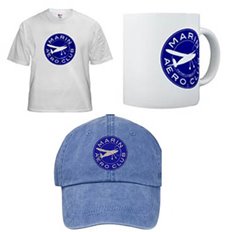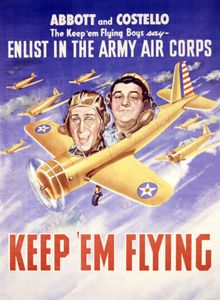Adding dihedral to a finished model is not the easiest thing to do, but it can be done and sometimes makes the difference between a good and a poor flyer. This is how George increased the dihedral on his Magister, and also installed diagonal bracing to provide for a more rigid wing.

The first step is to remove the tissue covering on top of the wing (both sides of course). A new razor or scalpel blade helps make a clean cut. George trimmed the tissue up to the dihedral break at the first rib out from the fuselage.

George cut the spar and made it shorter by approximately 3/32". He also cracked the leading and trailing edges enabling him to adjust the dihedral angle. A small piece of balsa sheet with notch was glued to the rib to hold the spar.

George supported the wing root and tip while gluing the spar, leading edge, trailing edge, and gussets -- taking care to make the dihedral angle equal on each side. Then he glued in 1/20" square strips for diagonal bracing. The only thing left to do is replace the tissue.









1 comment:
Here is another way to add the effect of dihedral.
You can add little winglets.
To see how well it works take a look at these two videos.
http://www.rubber-power.com/How-to-fly-a-rubber-band-powered-airplane.htm
http://www.rubber-power.com/About.htm
Darcy@Siteware.com
Post a Comment